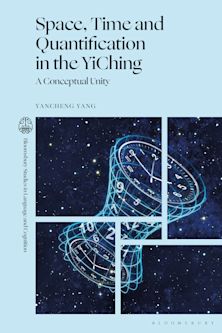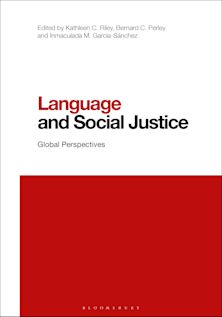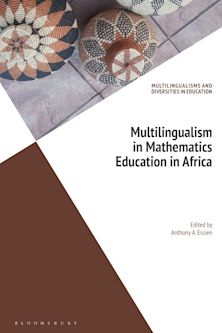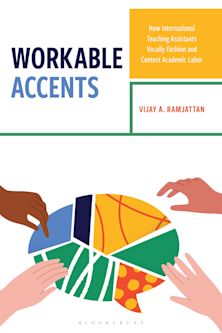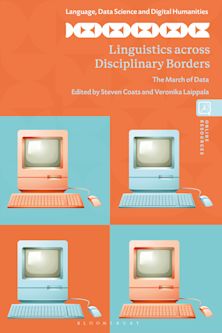- Home
- ACADEMIC
- Linguistics
- Sociolinguistics and Linguistic Anthropology
- The Evolution of the Slavic Dual
The Evolution of the Slavic Dual
A Biolinguistic Perspective
The Evolution of the Slavic Dual
A Biolinguistic Perspective
You must sign in to add this item to your wishlist. Please sign in or create an account
Description
The dual number in Slavic has always puzzled linguists. While some Slavic languages, such as Slovenian, have three distinct categories of number--singular (1), dual (2), and plural (3 or more) –other Slavic languages, such as Russian, have no dual number. Considering that all Slavic languages have evolved from a common Proto Slavic language, it is puzzling that there is such a difference in the category of number. In The Evolution of the Slavic Dual: A Biolinguistic Perspective, with the aid of tools from biolinguistics, Tatyana G. Slobodchikoff develops a new theory of Morphosyntactic Feature Economy within the distributed morphology framework. Using newly digitized corpora of Old East Slavic, Old Slovenian, and Old Sorbian manuscripts spanning from the eleventh century through the present time, this book presents a thorough analysis of the evolution of dual number in Slavic languages.
Table of Contents
Chapter 2: The Problem of the Slavic Dual from a Diachronic Perspective
Chapter 3: The Slavic Dual from a Typological Perspective
Chapter 4: Derivation of the Slavic Dual in Distributed Morphology
Chapter 5: The Slavic Dual and Number Theory
Chapter 6: Morphosyntactic Feature Economy and Reanalysis
Chapter 7: Conclusion
Appendix A: Abbreviations
Appendix B: Orthographical Systems and Transliteration Symbols
Product details
| Published | Oct 04 2019 |
|---|---|
| Format | Ebook (PDF) |
| Edition | 1st |
| Extent | 1 |
| ISBN | 9798881884925 |
| Imprint | Lexington Books |
| Illustrations | 64 tables; 90 charts; |
| Series | Studies in Slavic, Baltic, and Eastern European Languages and Cultures |
| Publisher | Bloomsbury Publishing |
About the contributors
Reviews
-
Evolution of the Slavic Dual: A Biolinguistic Perspective covers a wide range of cross-linguistic data from diachronic and synchronic perspectives in a very accessible format so that readers will have a thorough understanding of the spread and decline of the dual number in Slavic languages such as Old Church Slavonic, Old Russian, and Kashubian. The presentation of theoretical and empirical material includes a great number of charts, tables, figures, and other illustrations, which greatly contributes to the comprehensibility of the dense linguistic material. This book appeals to anybody interested in the evolution of Slavic morpho-syntax as well as to a wide audience of scholars and specialists in theoretical and applied linguistics worldwide. It is a must-have reference for those who want to further explore the theoretical aspects of the dual number in natural languages.
Leila Lomashvili, Shawnee State University
-
There have already been multiple contributions to questions dealing with the category of dual in Slavic, and it is indeed difficult to say something new in this area of Slavic studies. However, using the principle of Morphosyntactic Feature Economy as the theoretical framework, Tatyana G. Slobodchikoff has succeeded in reaching insightful conclusions concerning the development of the Slavic dual. This monograph will prove indispensable for those who are interested in the evolution of the grammatical category of number in Slavic and beyond.
Motoki Nomachi, Hokkaido University

ONLINE RESOURCES
Bloomsbury Collections
This book is available on Bloomsbury Collections where your library has access.

























